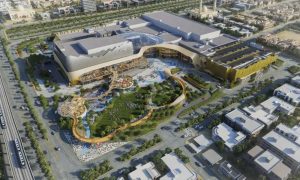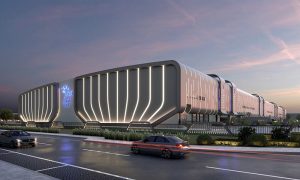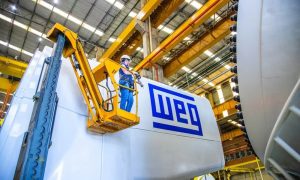Paperless bids submitted for utilities facilities at the Red Sea Tourism development
The Red Sea Development Company (TRSDC) received bids from two groups for the first phase utilities packages

The Red Sea Development Company (TRSDC) has said it has received bids from two groups for the first phase utilities packagesThe Red Sea Development Company (TRSDC) has said it has received bids from two groups for the first phase utilities packages on the Red Sea Tourism development. In what is said to be a regional first, paperless bids were submitted by two consortiums: Acwa Power/Energy China and Engie/Masdar/Power China/Mihaona/Saudi Tabreed.
The decision to accept online proposals was granted in response to the ongoing restrictions of movement to protect against the spread of COVID-19.
The PPP contract will include power and water production, sewage treatment and solid waste treatment. The Red Sea Development Company is owned by Saudi Arabia’s Public Investment Fund (PIF) who will provide the guarantee for the 25-year off-take agreement.
Under the first phase of the Red Sea development, which is due to be commissioned in 2022, 210MW of power generation capacity will be required. Energy is expected to come from photovoltaic (PV) solar, wind energy, energy storage batteries and biofuel emergency power. Under the second phase of the project, due by 2030, 360MW of power generation capacity will be required. Geothermal and concentrated solar power (CSP) will be considered for this additional capacity.
In terms of water production, two seawater reverse osmosis (SWRO) plants will be developed with a capacity of 30,000cm/d under the first phase. Demand will be split between potable water (21,000cm/d) and irrigation top-up (9,000cm/d). An additional SWRO plant will be developed as part of the second phase, in addition to brine squeezer and chlor-alkali technologies to meet expected demand up to 50,000cm/d.
The selected developer will also be required to provide a sewage treatment plant (STP), with a treatment capacity of 18,000 cm/d under the first phase of the project. The peak sewage flow of the development is expected to reach 34,000 cm/d by 2030. For the waste treatment development, the PPP contract will also cover collection, automatic recovery and waste-to-energy production.



















